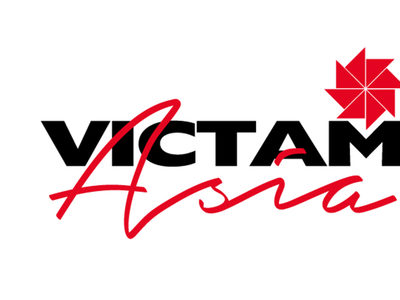WINNIPEG, MANITOBA, CANADA — The landscape of the Canadian grain industry has changed since August 2012, when the Canadian Wheat Board’s monopoly ended allowing western farmers to market wheat and barley on their own.
In a new report from the Canadian Grain Commission (CGC), statistics show the number of licensed primary grain elevators in Western Canada as of Aug. 1, 2016, was 336, which compared with 344 as of Aug. 1, 2012. But even as the number of elevators has dropped, the total storage capacity has increased, according to the CGC, climbing to 7.032 million tonnes on Aug. 1, 2016, from 5.996 million tonnes in 2012.
The sharpest decline in elevator count during the four-year period occurred in Saskatchewan, Canada, where the number of elevators in the province fell to 180 from 176. Storage capacity, though, increased to 3.661 million tonnes from 3.180 million tonnes.
In Manitoba, Canada, the number of elevators fell to 82 from 86. Storage capacity in the region rose to 1.496 million tonnes from 1.175 million tonnes.
In Alberta, Canada, the number of elevators fell by one, to 77 from 78 four years ago. Storage capacity increased to 1.834 million tonnes from 1.595 million.
The number of elevators remained unchanged in British Columbia, Canada, at 4. Storage capacity fell to 41,130 tonnes from 49,640.
The CGC said total export terminal elevator capacity in Western Canada was 4.841 million tonnes as of Aug. 1, 2016, up from 2.214 million tonnes as of Aug. 1, 2012.
A total of 96 companies were identified by the CGC as grain dealers as of Aug. 1, 2016, up 32% from 73 on Aug. 1, 2012.




